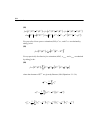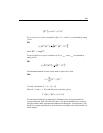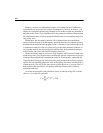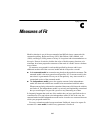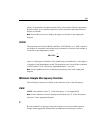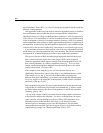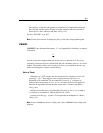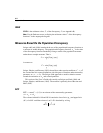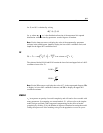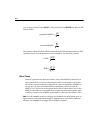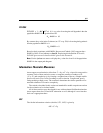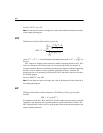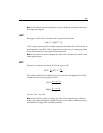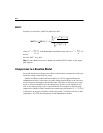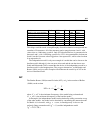
602
Appendix C
FMIN
FMIN is the minimum value, , of the discrepancy, F (see Appendix B).
Note: Use the \fmin text macro to display the minimum value of the discrepancy
function F in the output path diagram.
Measures Based On the Population Discrepancy
Steiger and Lind (1980) introduced the use of the population discrepancy function as
a measure of model adequacy. The population discrepancy function, , is the value
of the discrepancy function obtained by fitting a model to the population moments
rather than to sample moments. That is,
in contrast to
Steiger, Shapiro, and Browne (1985) showed that, under certain conditions,
has a noncentral chi-square distribution with d degrees of freedom and noncentrality
parameter . The Steiger-Lind approach to model evaluation centers
around the estimation of and related quantities.
This section of the User’s Guide relies mainly on Steiger and Lind (1980) and
Steiger, Shapiro, and Browne (1985). The notation is primarily that of Browne and
Mels (1992).
NCP
is an estimate of the noncentrality parameter,
.
The columns labeled LO 90 and HI 90 contain the lower limit ( ) and upper limit
( ) of a 90% confidence interval, on
δ. is obtained by solving
F
ˆ
F
ˆ
F
0
F
0
min F αγ()α
0
,()[]
γ
=
F
ˆ
min F αγ()a,()[]
γ
=
C
ˆ
nF
ˆ
=
δ
CnF==
F
0
NCP max C
ˆ
d– 0,()=
δ
C
0
nF
0
==
δ
L
δ
U
δ
L
(
)
95.,
ˆ
=Φ dC
δ



